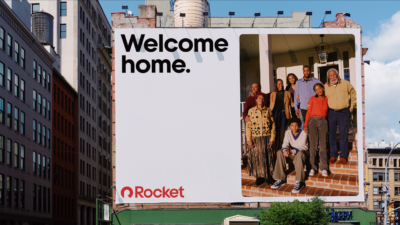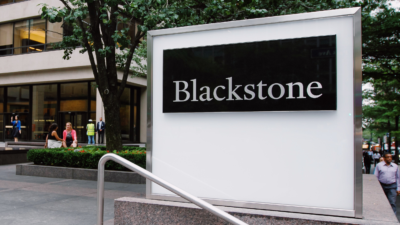Apartment Building Loans May Be Just as Bad as Office Building Loans
Tens of billions of dollars’ worth of apartment building loans and mortgages are at risk of distress as of the end of the second quarter.

Sign up for smart news, insights, and analysis on the biggest financial stories of the day.
Sure, rent prices have soared since the pandemic, but spare a thought for landlords.
Tens of billions of dollars’ worth of apartment building loans and mortgages are at risk of distress as of the end of the second quarter, according to MSCI data seen by The Wall Street Journal. That means apartment owners writ large may soon be in even deeper waters than their office building-owning counterparts.
The Rent Is Too Dang Low
The apartment market may be yet another victim of poor incentives shaped by pandemic forces. With low interest rates and low prices, investors snapped up older and downtrodden apartment buildings by the block — particularly in emerging markets like the Sun Belt — with the aim of renovating, raising rents, and flipping them at a profit. To pull off the somewhat-speculative bet, many building buyers utilized short-term, floating-rate loans, many of which got packaged into so-called commercial real-estate collateralized loan obligations. Known as CRE CLOs, these are a riskier cousin to the commercial mortgage-backed securities or bank mortgages that anyone who lived through 2008 knows didn’t fare very well.
Then, of course, came inflation (making renovations far more costly), a rise in interest rates, and a slowdown in rent hikes in many hot pandemic destinations. The CRE CLOs already started showing signs of distress earlier this year, and now the entire apartment sector is on notice:
- “The CRE CLO market is the first shoe to drop in terms of defaults in the CRE debt markets,” Mark Neely, director of alternative investments at money manager GenTrust, told Bloomberg in March. “The loans inside CRE CLOs tend to be for transitional properties, so the borrowers are counting on reselling them before the loan matures. But today many borrowers can’t sell properties for anywhere near where they bought them.”
- The distress rate of CRE CLOs hit nearly 11% in July, per CRED iQ data seen by the WSJ. Meanwhile, nearly $81 billion worth of all apartment loans are now at risk of distress, according to MSCI data, or greater than every other category; $67 billion in office loans are at risk of distress, though $40 billion of office loans are already in distress, around three-times more than for apartments.
Low Blow: In other words, apartment owners are desperate for that rate hike. As for potential homebuyers, they’re already benefiting from it. The average 30-year fixed mortgage rate fell around a quarter point to 6.47%, Freddie Mac said Thursday. That’s the lowest point in 15 months, which could be more bad news for landlords looking for new renters if suddenly they can afford to buy instead.











